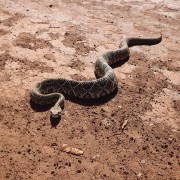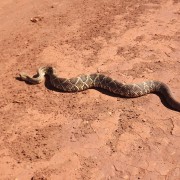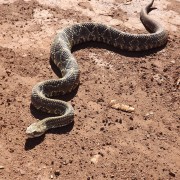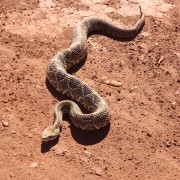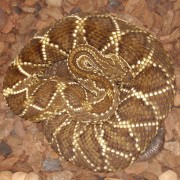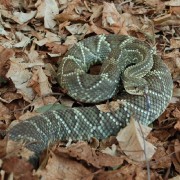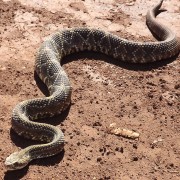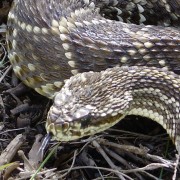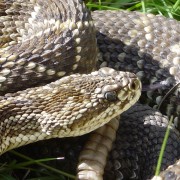Biodiversity
< Back
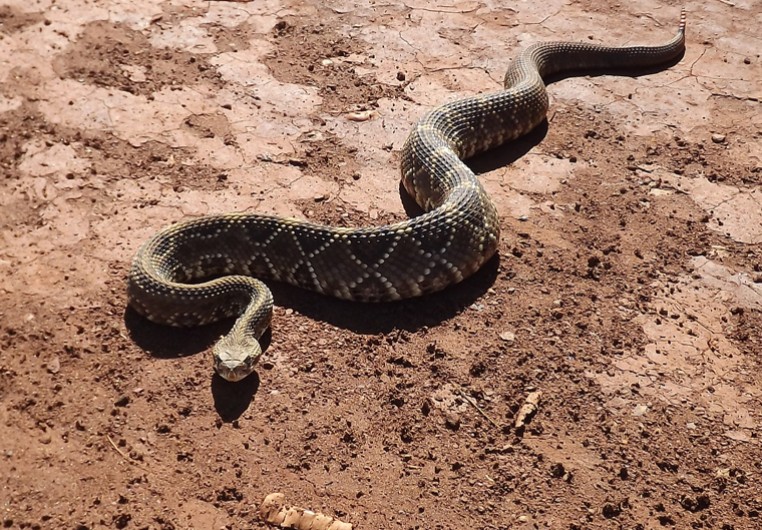
 Rattlesnake
Crotalus durissus terrificus | Linnaeus, 1758
Rattlesnake
Crotalus durissus terrificus | Linnaeus, 1758

PHOTO: Property of Native / Embrapa
Characteristics: Medium to large serpent measuring up to about 2m in length. It has a robust body with large scales that give its body a rough appearance. At the end of its tail there is the rattle, which is composed of corneal keratin rings. Its color ranges from green to brown, and white scales form diamond patterns on its back. It has solenoglyphous teeth (fangs that inoculate venom). This is a venomous species.
Distribution: From Mexico to Northern Argentina. They are widely distributed in Brazil, occurring in almost every state.
Habitat: Open formations in savannas, scrublands, arid areas, fields, rocky fields, pastures and salt marshes, up to the edges of woods and forests. This species prefers rocky sites with termite mounds and little vegetation.
Habits: Terrestrial, preferably nocturnal, although it hunts during the day.
Diet: Birds and mammals. Juveniles feed on lizards.
Breeding: Viviparous; 18-30 hatchlings able to hunt are born every cycle.
UFRA: Species spotted in Wetlands with Herbaceous Plants, Restored Native Forests, Drainage Ditches, and organic Sugarcane Fields.




